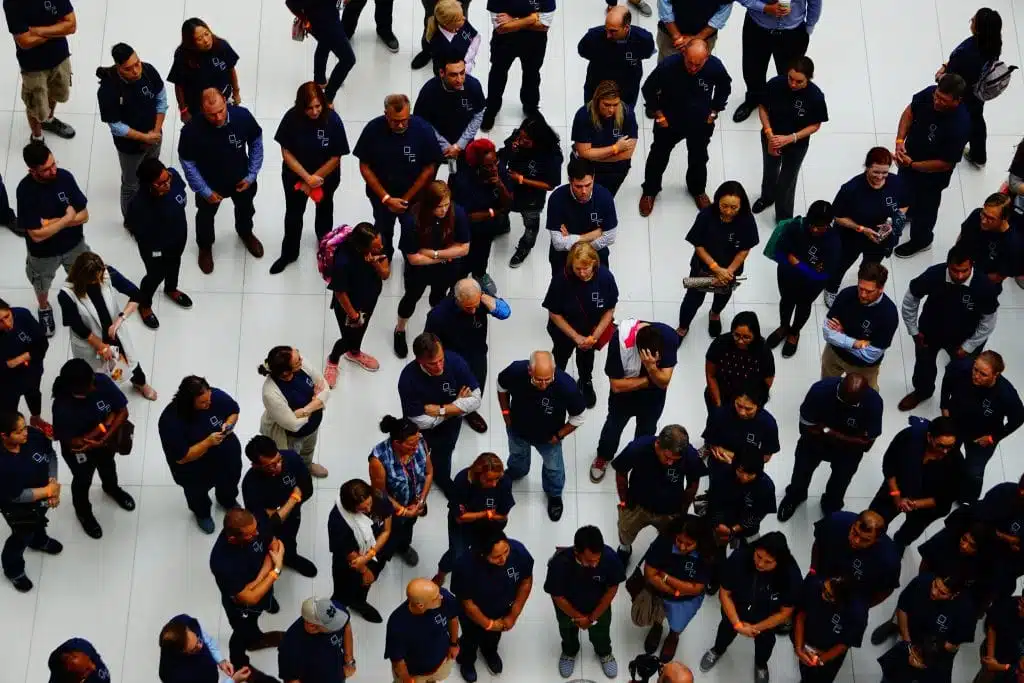In April this year, resignations from American businesses hit an all-time high. The following month, the figure was similar. And then again in June. Over those three months a total of 11.5 million American employees quit their jobs, and the trend wasn’t over. August saw another record number of resignations as 4.3 million employees – some 2.9% of the U.S. workforce, handed in their notice.
Although these figures have sent shockwaves through the American job market, they didn’t come as a shock to everyone. “The Great Resignation is coming,” Anthony Klotz, an associate professor of management at Texas A&M University predicted back in May in an interview with Bloomberg, coining the phrase in the process.
But how did he know? In this blog we will look at the evidence for the trend, globally and in Australia, and ask whether it’s a flash-in-the-pan reaction to the pandemic or a genuine long term shift in working patterns.
In Part 2 we’ll look deeper into the causes of the Great Resignation to better understand how employers can mitigate against it.
The Great Resignation globally
Although the Great Resignation is often talked about in an American context due to those all-time-high figures, it is not a purely American phenomenon.
Research by German HR company Personio found that in Britain and Ireland a “talent exodus” is on the horizon, with nearly 1 in 4 employees looking to move on within the next six to twelve months. A further 14% said they were planning to jump when the economy improves.
“Over the past year, many businesses have been in crisis mode,” the authors of the report wrote. “And, for some, the focus on firefighting has caused other areas, such as their people strategy, to fall to the wayside. But negligence comes at a cost.
“Businesses that haven’t prioritised their people during the pandemic could be sleepwalking towards a talent exodus, damaged employer brand and a productivity drought. And the detrimental impact this will inevitably have on business performance won’t become apparent until it’s too late.”
At the same time, Microsoft research found that, globally, more than 40 percent of workers are considering quitting. They predicted a move to “hybrid work — a blended model where some employees return to the workplace and others continue to work from home.”
Does the Great Resignation apply to Australian employers?
Maybe. According to ABC News, approximately 780,000 Australians lost their jobs in April last year when the pandemic first hit, but 18 months on, employers are struggling to fill those roles.
They cite research by global research firm Gartner, which found that boardrooms and managers consider workforce retainment to be among their most pressing priorities this year, up 81 percent on last year. Gartner believes that one in four Australians are job seeking, in line with the European figures found by Personio.
However, Mark Wooden and Peter Gahan of the The University of Melbourne, writing in the New Daily insist the trend is overblown, and that the resignations are within normal parameters.
“Data collected each year by the Australian Bureau of Statistics suggests that in the 12 months to February 2021 almost 1.1 million Australians left their jobs,” they wrote. “That’s not unusual. In most years more than a million Australians leave their jobs. Leaving and changing jobs is a sign of a healthy, well-functioning labour market.”
They also pointed out that only some industries have been affected.
“There has been no increase in the finance, information and government services sectors,” they wrote. “But in leisure and hospitality, monthly quit rates have jumped from 4.4 per cent to 6.4 per cent.”
For Wooden and Gahan, “The issue here is not so much a Great Resignation, but how to deal with a Great Resistance to the idea of returning to the office, and the daily commute.”
Flash in the pan or long-term trend?
Gartner’s research also indicated that the trend was at least in part due to pandemic burnout.
“For many workers, 2020 was incredibly tough,” said Aaron McEwan, vice president in the Gartner HR practice. “As Australians observe positive indicators for economic recovery, many have been waiting for recognition for their efforts or a change of pace from their employer that simply has not materialized.”
However, the Gartner research showed that employees cited work life balance, manager quality, and respect as their top three reasons for leaving, suggesting that workers who did feel burned out by the upheaval caused by the pandemic used the experience to ask themselves what they really want from work going forward.
“Global pandemics often prompt long-lasting social change,” McEwan pointed out. “The black plague arguably ended 300 years of feudalism in Europe and paved the way for modern democracy, largely due to a severe shortage of workers. We’re seeing something similar unfold with COVID.”
Whether employees do return to traditional workplaces or not over the next year, what is certain is that managers are going to have to renew their focus on the wellbeing of some of their most important assets – their workers – as this trend plays out.


